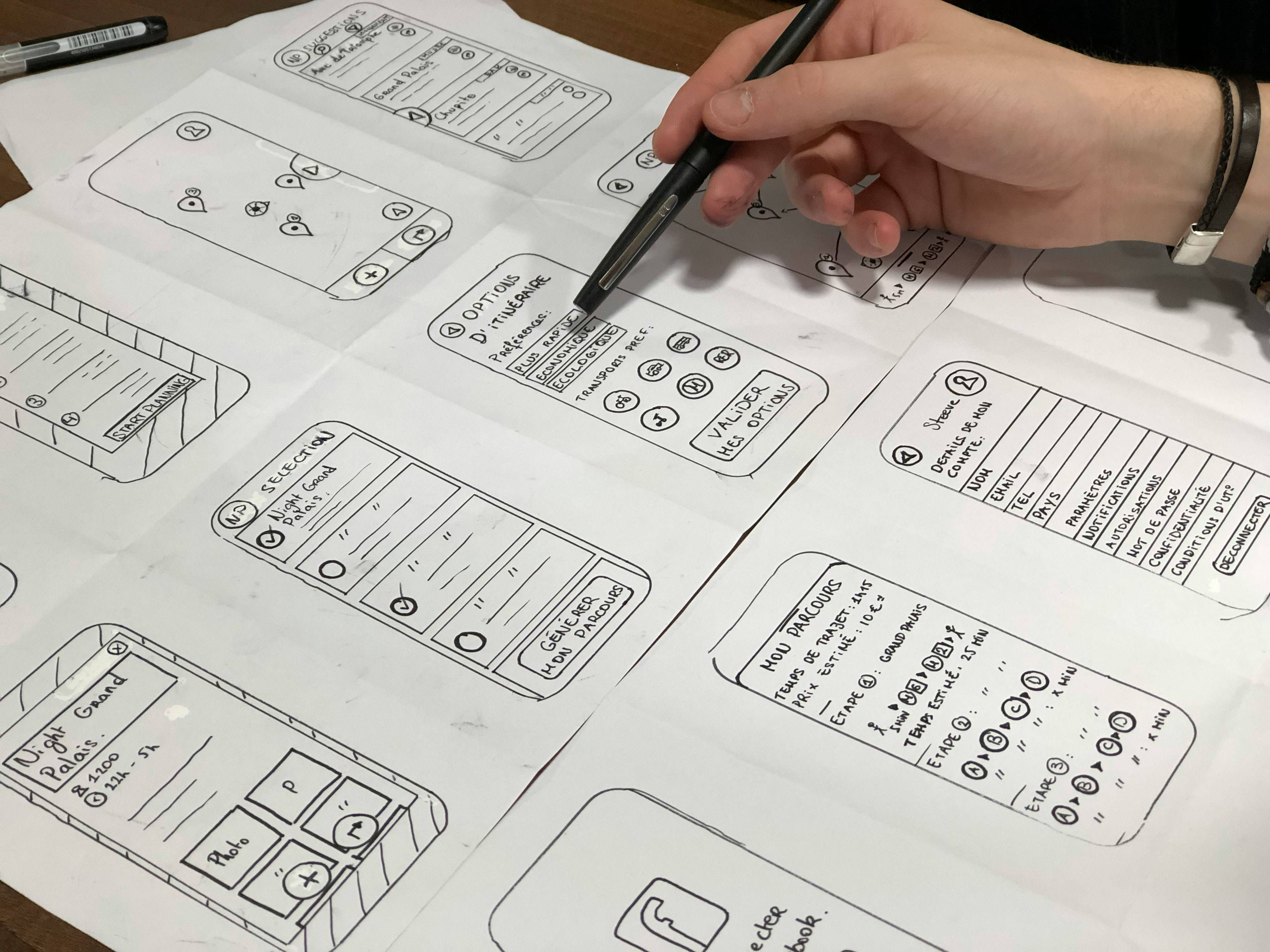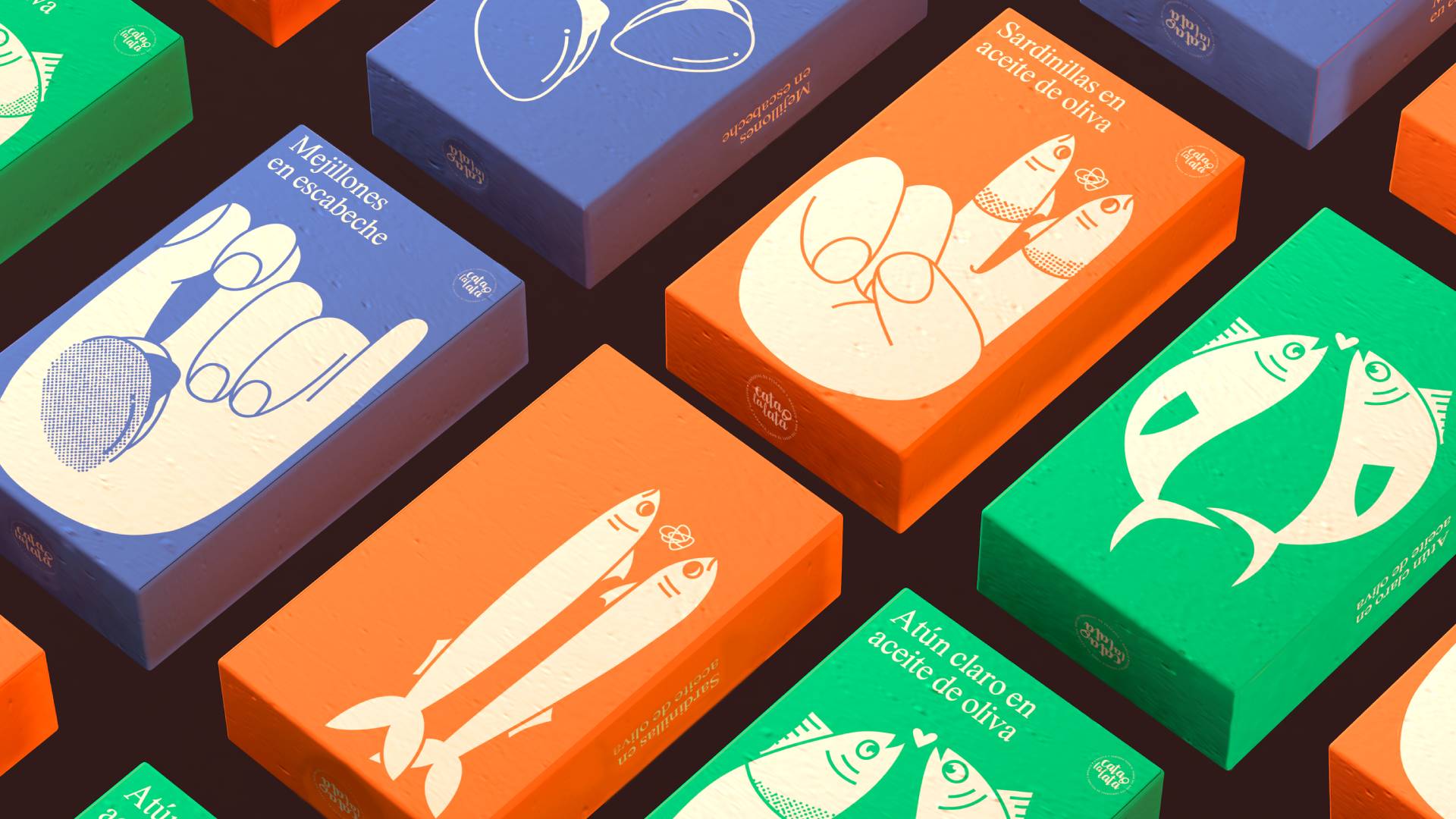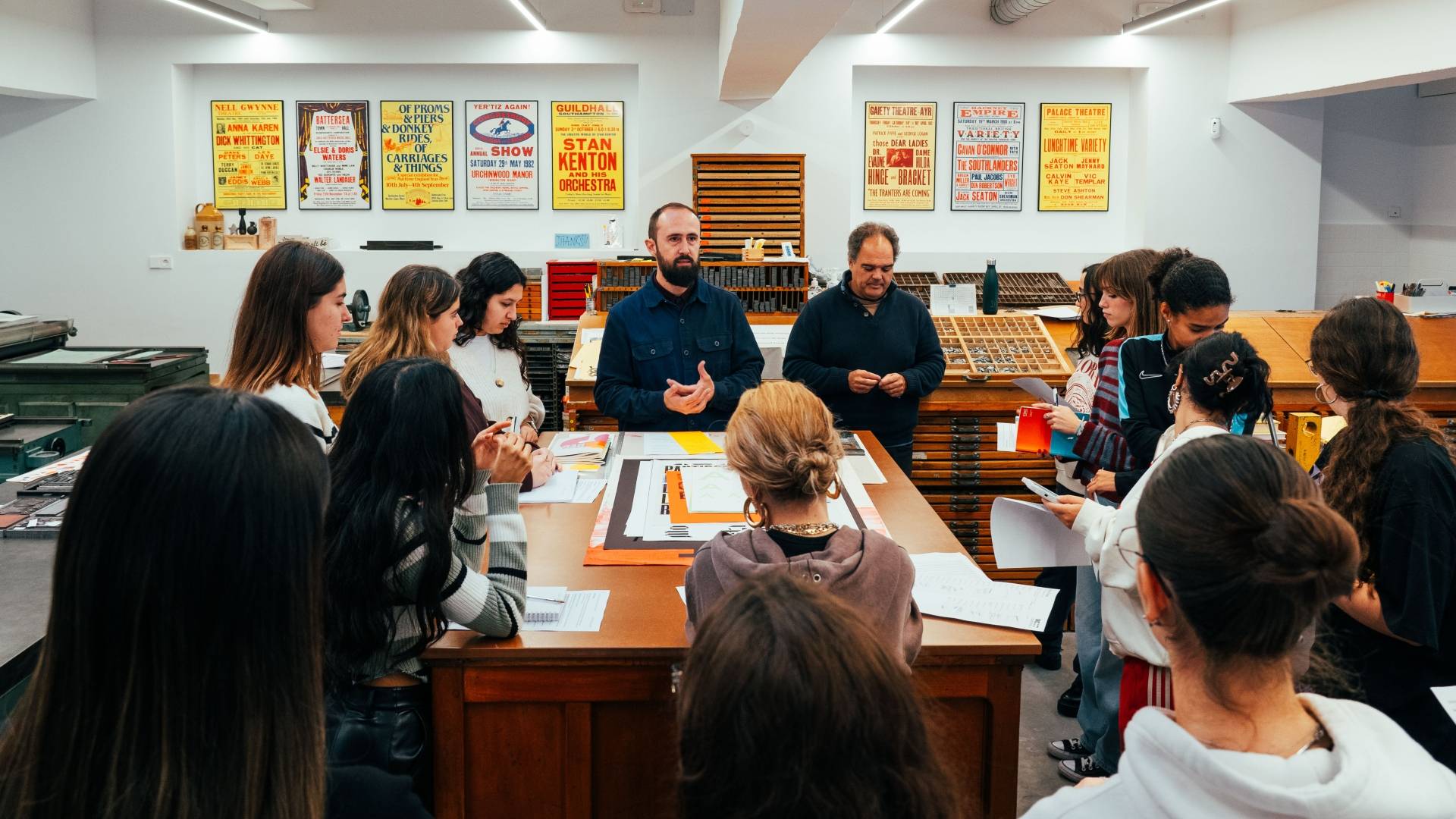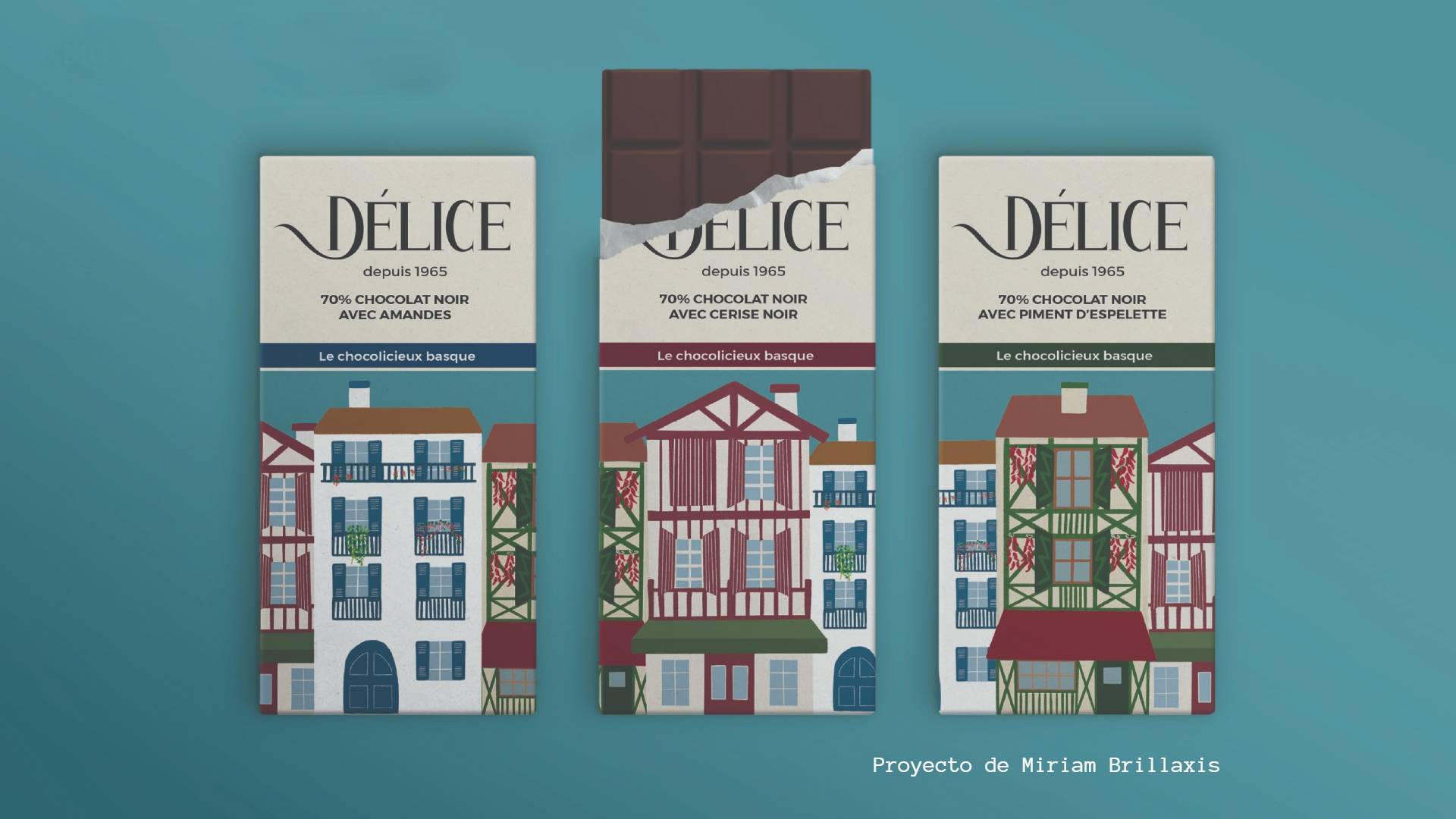What is vector drawing? Main applications
Vector drawing is a graphic design technique that offers a number of advantages, as it makes it easier to work with graphics while creating scalable and editable images without loss of quality.
This means that this type of drawing is used for an infinite number of purposes, from creating logos, one of its main uses, to complex illustrations and technical graphics for any type of purpose.
What is a vector drawing?
A vector drawing is a digital graphic representation that uses geometric shapes, such as lines, curves and polygons, which are defined mathematically.
Unlike raster images, which are composed of pixels, vector drawings can be scaled to infinity without any loss of quality, which makes them perfect when high precision is required, but also flexibility in design.
Characteristics
The characteristics of vector drawing differentiate it from other types of images, so it is interesting to know the most important ones!
- Vector graphics can be enlarged or reduced without losing quality or resolution without any limits.
- Shapes and colours can be easily modified.
- Vector files are lightweight, which makes them ideal for web design.
- The quality of the image does not depend on its resolution, resulting in high quality prints.
All of this makes vector drawing an essential tool for our students on the Official Degree in Multimedia and Graphic Design, who learn to make the most of it during their training so that when they need to use it in the professional world, they can make the most of it.
Types of vector images that exist
There are different types of vectorial images, and knowing them will allow you to be clear about which of them you need to achieve the objectives you set yourself.
- Isometric illustrations allow you to simulate three dimensions using vectors. They are widely used to create technical diagrams and product drawings.
- SVG graphics are a staple of web design because of their ability to be easily indexed and edited.
- AI format (from Adobe Illustrator) is a preferred format for creating logos and detailed graphics.
- EPS allows for high quality printing, and is compatible with the vast majority of design programs!
- There is also the PDF format, which allows you to share vector drawings while preserving all the details of the design.
If you're interested in using them all, then don't miss out on the Master's degree in graphic design that we teach at UDIT!
What are the main vector drawing programmes?
To create a vector drawing and be able to edit it, it is necessary to use specialised tools such as the ones listed below.
- Adobe Illustrator is the industry standard for vector design, offering a wide range of advanced tools and functionalities with which to create everything from illustrations to logos and much more complex graphics. It also integrates seamlessly with other Adobe software, such as Photoshop or InDesign, which is extremely useful for the design professional.
- CorelDRAW has proven for years to be an excellent vector drawing software because of its ease of use and the power of its design tools.
- Inkscape is a free, open source alternative to the above software that allows the creation of detailed vector graphics and supports the SVG format. In other words, it is the perfect solution for those who don't want to pay a licence fee and still don't want to lose work options.
Can I convert a photo into a vector drawing?
Yes, you can convert a photo into a vector drawing using any of the software in the previous section. These programmes have functionalities that allow you to vectorise a raster image, which allows you to convert them into scalable and editable graphics without loss of quality.
If you want to master all these processes and make them your way of life in a market increasingly in need of vector drawing professionals, then our Official Degree in Audiovisual Design and Illustration is your best option! If you want to know all our training offer in the graphic or audiovisual area, check it out here.
MORE INFORMATION:
What baccalaureate do you need to study Illustration?









